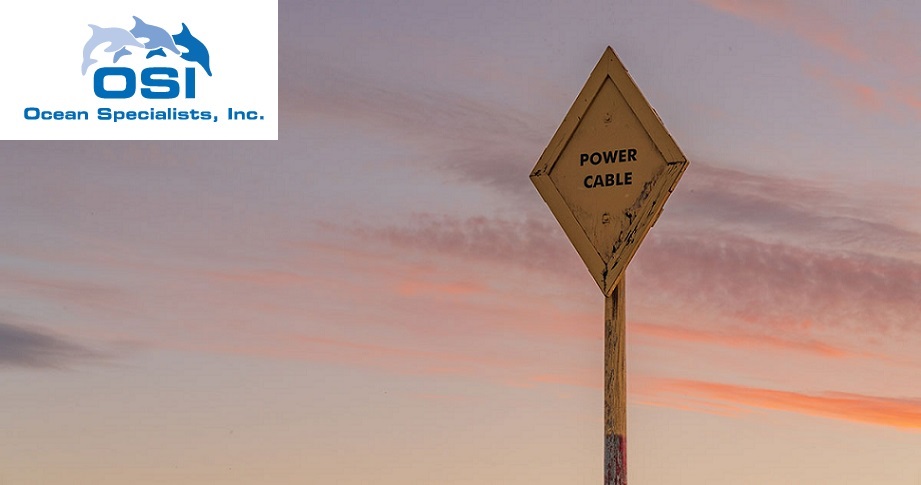If you have any problems picturing how an underwater cable with tons of electricity exists in the ocean, you are not alone. By common sense, having such a high concentration of electricity in water should result in some sort of violent dispersion of electric currents along the conductive salt water of the ocean, thus leading to explosions, or immense changes to the local environment that the cable has been laid in. However, and thankfully for the world’s telecommunications systems, submarine power cables have been engineered such that being placed underwater, in a “submarine” location, does not lead generally to massive disasters. So how do these cables avoid blowing up in the ocean, and why are they so necessary for the world’s seas? In order to better understand these questions, we turn to the intricacies of submarine power cable installation, a process that requires quite a bit of caution.

These cables themselves are not just naked conductors of electricity. Neither are the wires that go across telephone poles, the ones that you may see in your city, town or rural area. Those telephone wires are encased in rubber, meaning that basic environmental water interactions such as rain do not destroy these wires. But also, these wires are not made for marine environments. In order to sustain those environments, submarine power cables must undergo rigorous submarine cable maintenance, thus eliminating much of the risk that may exist with electricity in water. These wires are made from intricate materials, mixes of plastics, metals and insulators to make sure that energy gets conducted, and also that it travels safely.
Understanding the Materials and Procedures of Submarine Power Cable Installation
In order to understand submarine power cable installation, it is helpful to begin by knowing what these cables are made of. Submarine power cables help transfer massive amounts of electric energy across oceans, providing power between separate locations but furthermore bolstering some of the electrical functions of other undersea cables such as submarine fiber optic cables. In order to do so, the wires need extra protection from the currents, and extra insulation to promote electrical currents. In order to create the electricity, the power cable must have a conductor. Made from aluminum or copper wires usually, these round-shaped conductors allow electrical currents to pass through a “uniform electric field gradient.” To protect these currents, the cables also include heavy duty insulators, which are made up of both a polyethylene (synthetic plastic) tube, as well as some low-intensity conductor fluid (usually oil) which passes through the insulator to maintain electrical lubrication. The armor of steel wires usually helps protect these conductors and insulators within the wire, and this armor is usually made of alloys like steel, to prevent surface intrusion and damage.
Submarine cable maintenance is an entirely different yet equally consequential process within laying power cables in the seas. In order to maintain the quality of these wires, teams must constantly check on the status of these cables using underwater footage as well as automatic systems on the wires which alert when security has been breached. Perhaps another team has started to dig for oil near your wires, or a shark has banged its head on one. Whatever the case may be, high-quality monitoring is key for installing and maintaining submarine power cables.